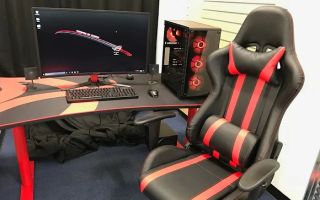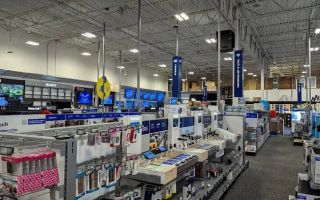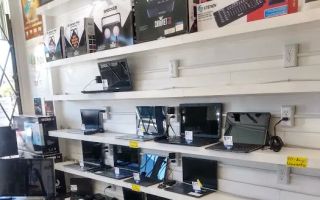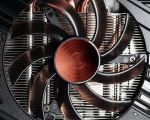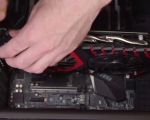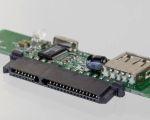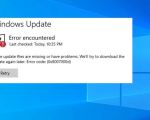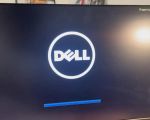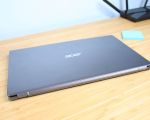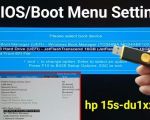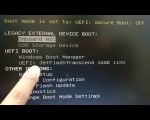- 1. Overview of Dell Optiplex USB Boot Setup
- 2. Preparation: What You Need Before You Start
- 3. Entering BIOS and Changing Boot Order
- 4. Preparing the USB Drive for Booting
- 5. Selecting Boot Options and Troubleshooting
- 6. Common Issues and How to Fix Them
- 7. Conclusion: Successfully Booting from USB
1. Overview of Dell Optiplex USB Boot Setup
When you need to boot your Dell Optiplex from a USB device, it's important to follow a few key steps to ensure success. Whether you're installing a new OS or running diagnostics, setting up USB boot on your Dell Optiplex is a straightforward process. This guide will walk you through each step of setting up your USB boot device.
2. Preparation: What You Need Before You Start
Before you begin the USB boot process, make sure you have the following essentials ready:
- A Dell Optiplex desktop or laptop.
- A USB flash drive (at least 4GB, but 8GB or more is recommended for operating systems).
- The bootable USB drive prepared with the desired OS or utility.
Having these items ready will make the process smoother and more efficient.
3. Entering BIOS and Changing Boot Order
To boot from USB on a Dell Optiplex, you need to adjust the BIOS settings to prioritize the USB drive over the internal hard drive. Follow these steps:
- Turn off your Dell Optiplex and then power it on.
- Immediately press the F2 key to enter the BIOS menu. This must be done quickly after powering on.
- Once in the BIOS menu, navigate to the Boot Options or Boot Sequence tab.
- Select USB Storage as the first boot device and save the changes.
Once these settings are saved, the system will attempt to boot from the USB drive before the internal hard drive.
4. Preparing the USB Drive for Booting
Now that you have adjusted the BIOS settings, it’s time to ensure that your USB drive is properly prepared for booting. Here's how to do it:
- Ensure that the USB drive is formatted correctly. You can use tools like Rufus or the built-in Disk Utility on macOS to create a bootable USB.
- Download the required OS or bootable software (e.g., Windows, Linux, or diagnostic tools) and transfer it to the USB drive.
- Make sure the USB drive is inserted into the USB port before you restart your Dell Optiplex.
5. Selecting Boot Options and Troubleshooting
If the system doesn’t boot from the USB drive automatically, you may need to manually select the boot device. To do this:
- Turn on your Dell Optiplex and press F12 to enter the Boot Menu.
- In the Boot Menu, select your USB drive as the boot device.
- Press Enter to initiate the boot process.
If you encounter issues during booting, here are some common fixes:
- Double-check that the USB drive is properly formatted and bootable.
- Ensure that the BIOS boot order is set correctly.
- Try using a different USB port, preferably one directly on the motherboard.
6. Common Issues and How to Fix Them
Even with the best preparation, issues may arise during the USB boot process. Here are a few common problems you might encounter:
- Boot Error Message: If you receive a “Boot Device Not Found” error, this typically means that the USB drive is not set up properly. Double-check the bootable image and reformat the USB drive if necessary.
- USB Not Recognized: This could be due to an outdated BIOS or a compatibility issue with the USB drive. Try updating the BIOS from Dell’s official website.
7. Conclusion: Successfully Booting from USB
Setting up USB boot on your Dell Optiplex is a simple process once you understand the necessary steps. By following this guide, you should be able to boot your device from a USB drive for installation or troubleshooting with ease. Don't forget to check out useful accessories like Ninja Stik for seamless booting and more efficient work setups. Enjoy your Dell Optiplex USB boot experience and make the most of your system’s capabilities!



